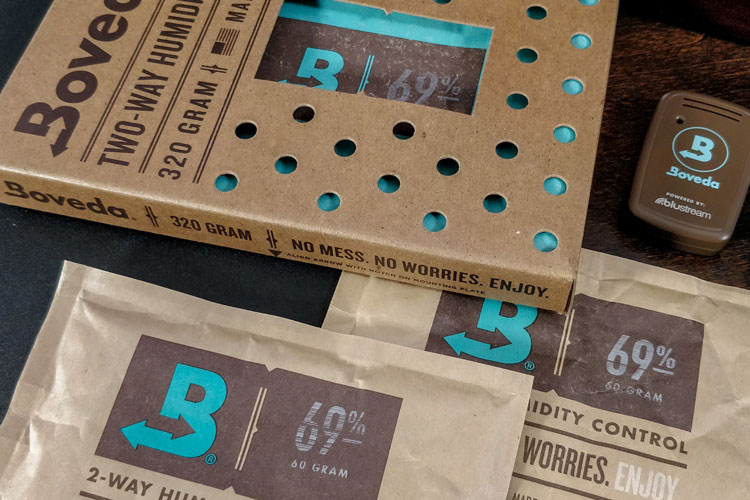I think Automations should be named schedule or something to avoid confusion with Auto Mode.
What set points are you referring to, on, off, auto and cycle or the settings for temp and humidity triggers? The Automation options are Off, On, Auto and Cycle. The fan speed can vary in Auto Mode based on the temp and humidity triggers. I do think there should be an option to set different speeds or temp/humidity triggers at different times.
I haven't used automations yet, I'm running in auto mode using the high temp and humidity triggers, 83F and 60%. An Inkbird set to 78F controls my heater.



